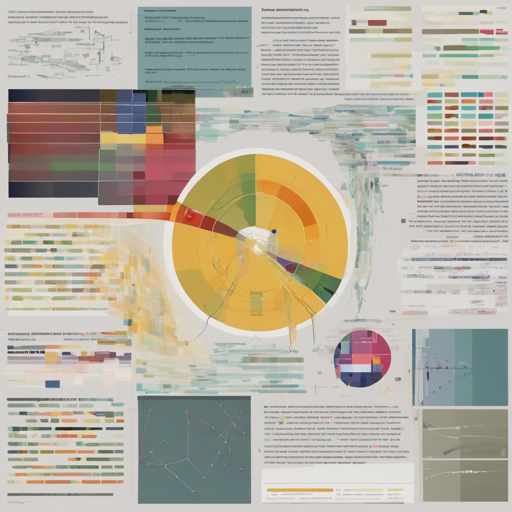Understanding political biases is vital in today’s digital age where partisanship heavily influences public opinion and information dissemination. This blog post will guide you through implementing a text classifier using DistilBERT to classify articles based on their political leaning.
What is DistilBERT?
DistilBERT is a smaller, faster, and lighter version of BERT (Bidirectional Encoder Representations from Transformers), a popular deep learning model for natural language processing (NLP). Despite being less resource-intensive, it retains more than 95% of BERT’s language understanding capabilities, making it perfect for tasks such as detecting partisanship.
Understanding the Model Architecture
This classifier is designed to discern political affiliations in texts. It categorizes inputs into two primary labels:
- label_0: Other (neutral or unclassified political stance)
- label_1: Right (right-leaning)
The model was trained with a diverse dataset of 40,000 articles, enhancing its ability to generalize across different styles and topics.
Best Practices for Using the Text Classifier
- Optimize input length: This model is specifically designed for text inputs with a maximum token length of 512.
- Avoid overly short texts: Inputs below 150 tokens can yield inaccurate results, leading to potential misclassifications.
How to Utilize the Classifier
To use the classifier effectively, follow these steps:
- Prepare your text data, ensuring it is no longer than 512 tokens.
- Pass the text to the DistilBERT model, which processes it to determine the political leaning.
- Analyze the output label; it will provide insights into whether the article is likely right-leaning or classified as ‘other.’
Analogy: Building a Partisan Detector
Imagine you are a skilled detective at a library filled with thousands of books (the articles). Each book has a secret—its political bias. Using DistilBERT is akin to having a cutting-edge magnifying glass that reveals these secrets. When you look through the magnifying glass (inputting the text), it helps you spot whether a particular book tends toward one side of the political spectrum or falls into a neutral category. Just as every detective needs to be mindful of the thickness of a book (token length), you must ensure your input follows the model’s guidelines for optimal detection accuracy.
Troubleshooting
If you encounter issues or unexpected results while using the classifier, here are some troubleshooting steps to consider:
- Check the token count of your input. Ensure it falls between the specified limits (150 to 512 tokens).
- Review the preprocessing of your text data to ensure consistency in formatting.
- Examine any errors communicated by the model during prediction for specific indicators.
For more insights, updates, or to collaborate on AI development projects, stay connected with fxis.ai.
Conclusion
By employing DistilBERT for text classification tasks, you can gain valuable insights into political biases present in written content. This knowledge is instrumental in navigating the information landscape. At fxis.ai, we believe that such advancements are crucial for the future of AI, as they enable more comprehensive and effective solutions. Our team is continually exploring new methodologies to push the envelope in artificial intelligence, ensuring that our clients benefit from the latest technological innovations.

